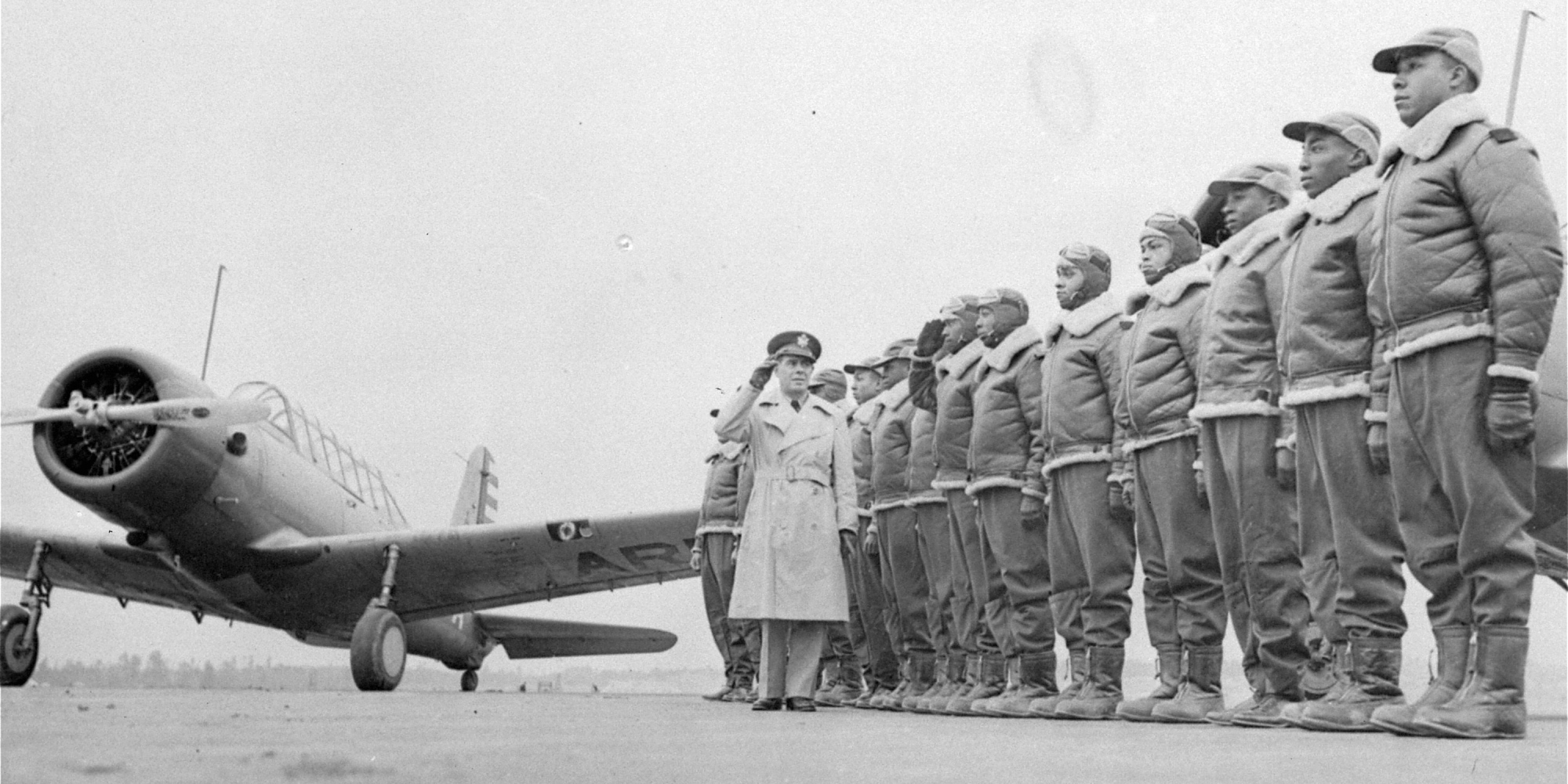During the middle years of World War II, Michigan was selected as a place for advanced training for African-American Army Air Force units that had graduated from the Tuskegee pilot training program. The relative safety of Midwestern America, along with weather and geographical conditions that approximated what aviators could expect to encounter in Europe, encouraged the military to use airfields at Selfridge northeast of Detroit and at Camp Skeel near Oscoda. Upon completion of training in Michigan, many Tuskegee Airmen were immediately deployed to combat or support missions in Italy, North Africa and the Mediterranean.
Unfortunately, as with many similar training programs during World War II, dozens of accidents occurred resulting in the loss of both aircraft and crewmen. Six pilots of the 332nd Fighter Group lost their lives while training over water in Michigan, and many more were lost as a result of land crashes or mid-air collisions. Two Tuskegee airplanes have been found in the lake, and State Maritime Archaeologist Wayne Lusardi will share his experience documenting the sites as well as the pilot’s stories.
presented by Wayne Lusardi


